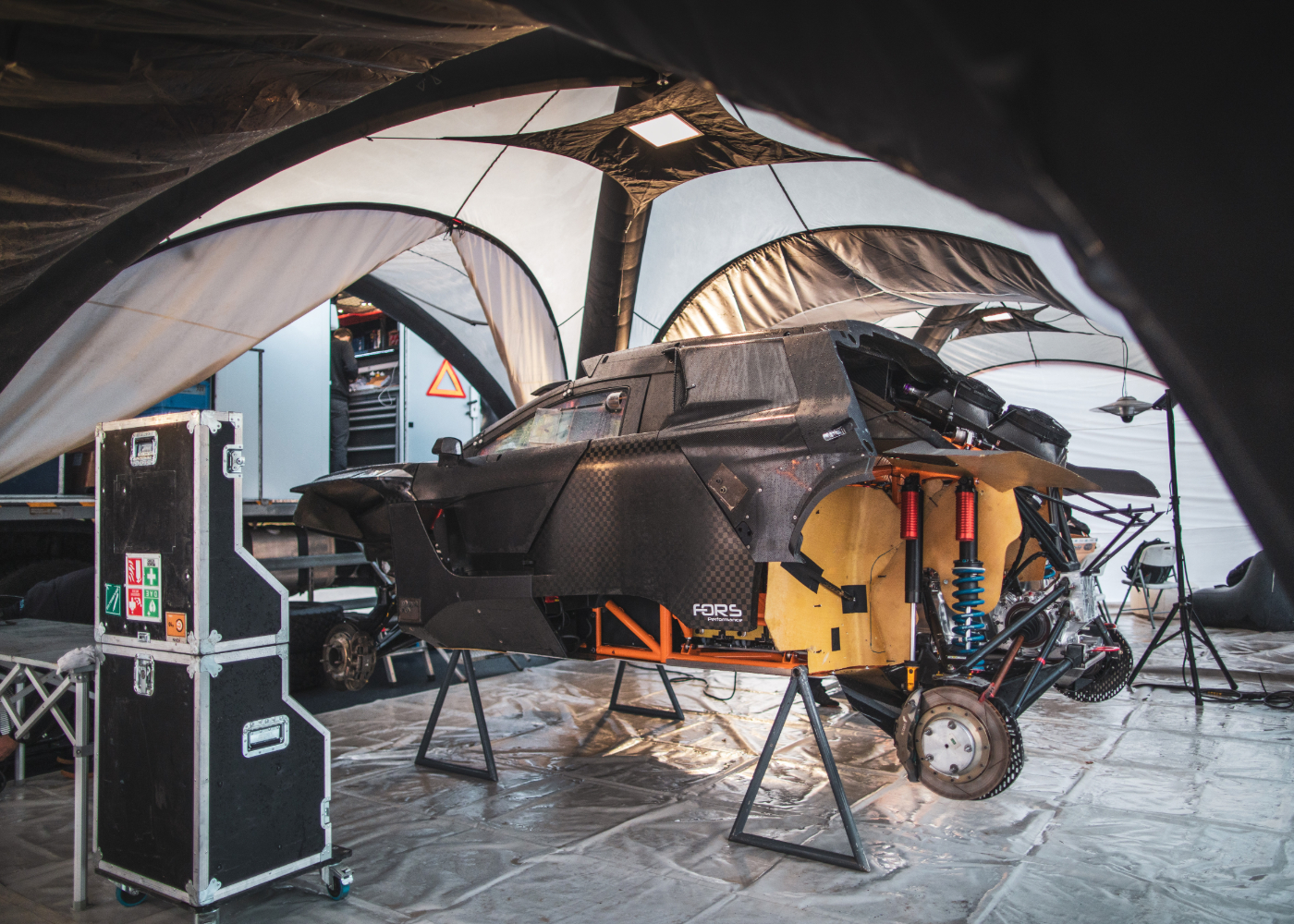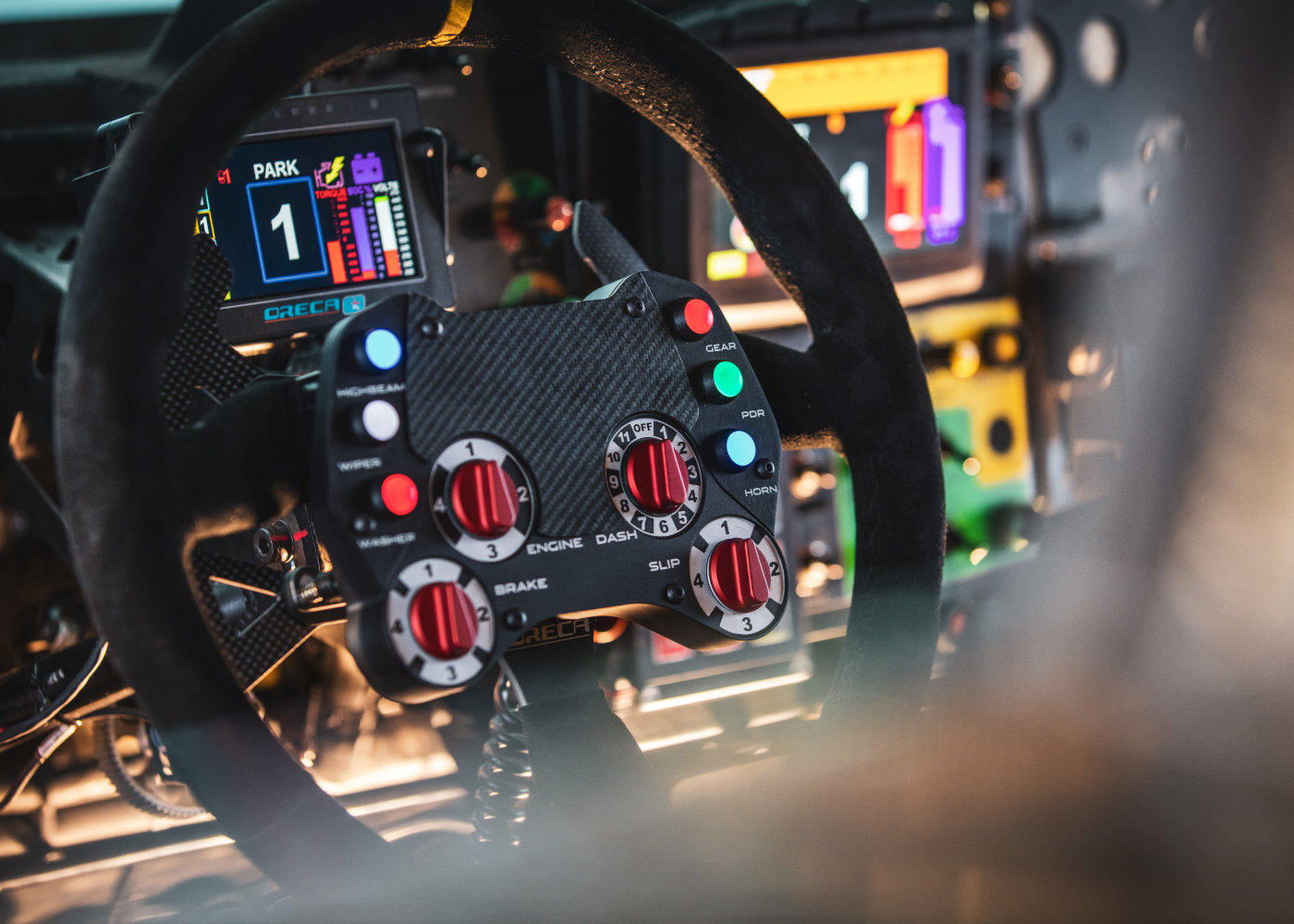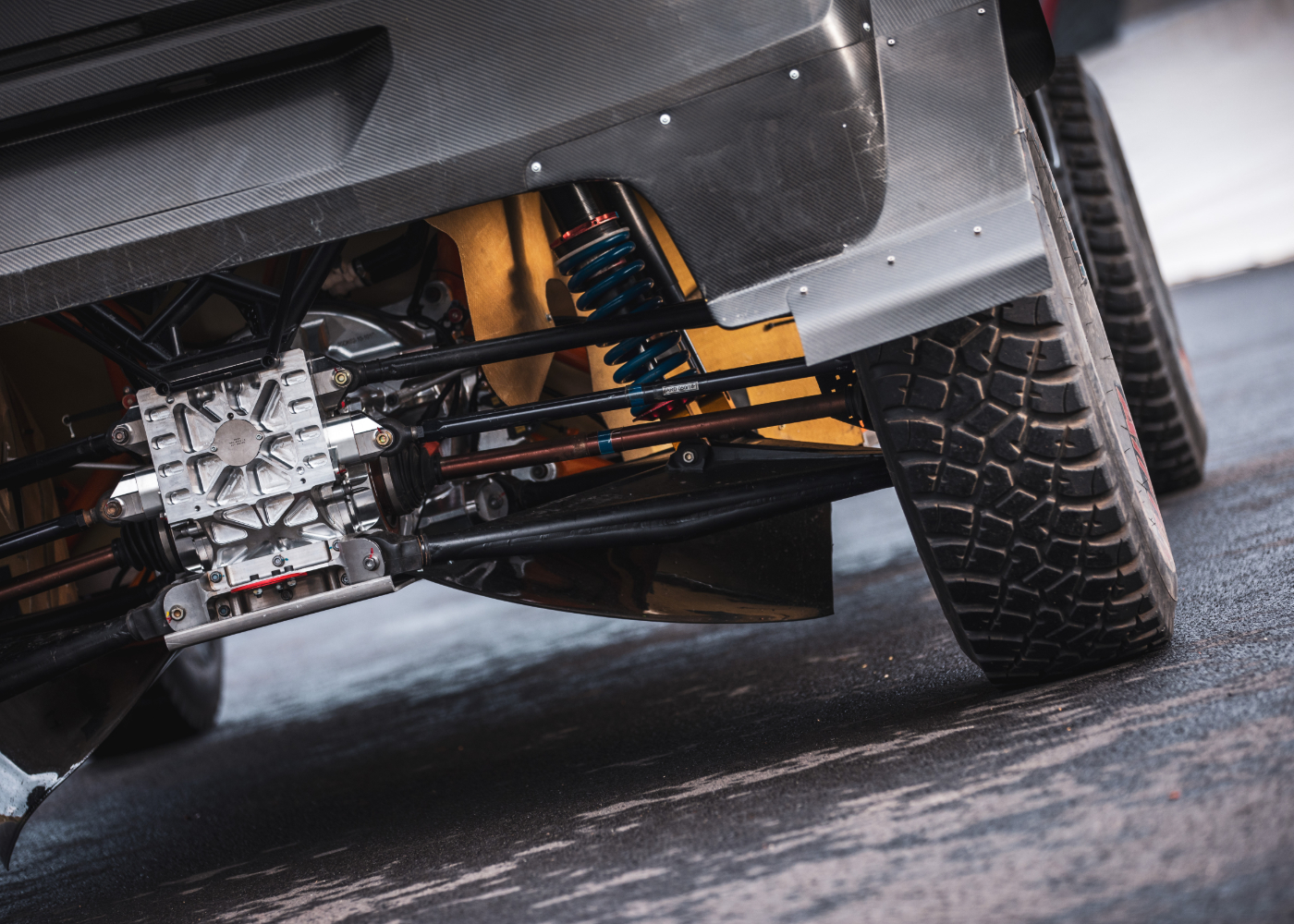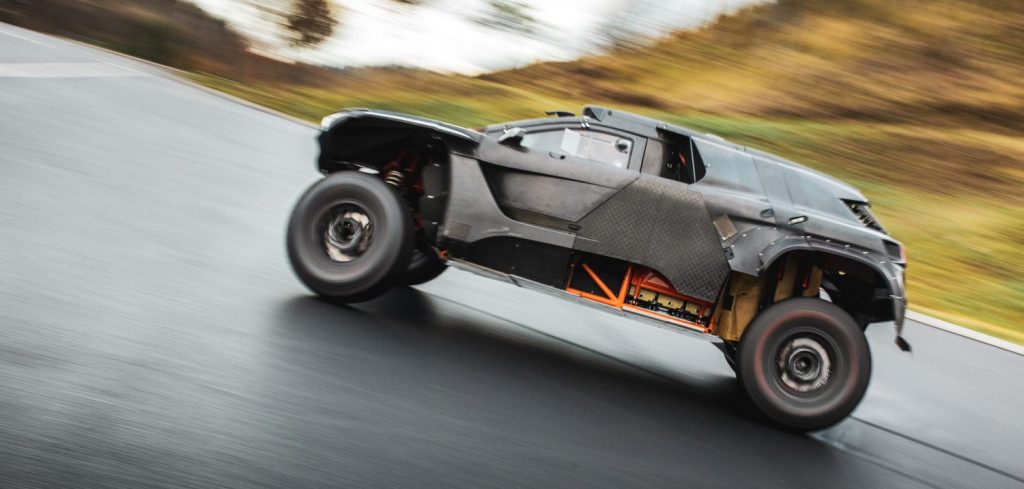France-based GCK Motorsport, the racing arm of Guerlain Chicherit’s Green Corp Konnection group, has announced ambitions plans to develop an EV for long-distance cross-country rallying, with the ultimate aim of running a hydrogen powertrain. Eric Boudot, CEO of GCK, and Sebastien Lesonneur, head engineer at GCK Motorsport, provide some further insight into the challenges the project presents.
What does the development of the GCK e-Blast 1 mean to GCK Motorsport and the wider GCK ecosystem?
EB: The GCK e-Blast project is a reference to our wider approach as GCK Motorsport. Our ambition is to switch to electric only, whatever the propulsion mode, hydrogen or batteries, in the future. It is really important to us that GCK will no longer engage in any thermic race competitions from January 2021 onward, so it will be only electric car racing going forward.
What is the purpose of the creation of the electric Dakar car?
EB: The purpose of this car is to bring a completely new technology to Dakar, one of the most established long-distance rallies in the world. We want to promote new technologies and believe hydrogen is the future. Going electric in the next few years is a first step into that future conversion to hydrogen and a key step in the future of long-distance racing.
What is the vision for the further development of electric racing vehicles?
EB: Since we have decided to switch to fully electric from January 2021, all of our programs will be electric. We have two different aims: the first is to optimize existing electric vehicles for the appropriate racing environment; the second is to produce our very own electric vehicles, using the advanced battery technology we’ve been investing into, and to develop a hydrogen option in parallel to soon switch to hydrogen.

When will the switch from electric to hydrogen happen and why/how?
EB: The plan is to showcase this electric demo car at Dakar in 2021 and then showcase a hydrogen demo car in 2022 with the aim to be fully race-ready 2023/2024.
Where do you see motorsport going in the future and what is GCK Motorsport’s position within the wider motorsport industry?
EB: Motorsport will have to follow the advancement of technology and the switch of technology the automotive industry is adopting. For sure, electric vehicles will be of significant importance in motorsport over the next few years and GCK are fully committed to this with the target to engage various race programs in electric and no longer race thermic (IC).
From testing to validation to shipping, what makes the GCK e-Blast 1 so special?
EB: This vehicle is very special due to its innovative technology which has never been brought to Cross-Country rallying before and it’s new to motorsport in general also. We’re really looking forward now to driving it in real conditions.
 What are the next key development stages?
What are the next key development stages?
SL: The next step of the development of this program is to work on the driveability of the car and the autonomy to maximize the possible range of the battery package. This will also give us a lot of supporting data for our work on the hydrogen vehicle.
What is the vision for this vehicle over the next two years?
SL: Our long-term vision for this program is certainly to race for the top. This will come with a significant test and development program over the next 12 months, while also developing a hydrogen solution in parallel.
What are the biggest challenges in developing an electric Dakar vehicle?
SL: Like every motorsport program, it’s a fine balance between the performance and the reliability of the car and this is what we’ve put a lot of focus on. Additionally, slightly differently to petrol race cars, it’s an even finer balance between performance and range/autonomy, so this takes a lot of work.
What have been your key focus areas in regard to car development?
SL: A key area has been the development of the electric powertrain and its integration with the standard base from the car that won Dakar in 2018. We have kept as much as possible of the original car inside but have worked hard to design our e-powertrain from scratch and integrate it successfully.
What have you done in regard to pre-testing so far?
SL: We’re really starting from a white piece of paper here, the car and technology is completely new, so we have a lot of things to test. The powertrain and electronics are completely new, so we had to start from scratch and really go through every single point and test.




